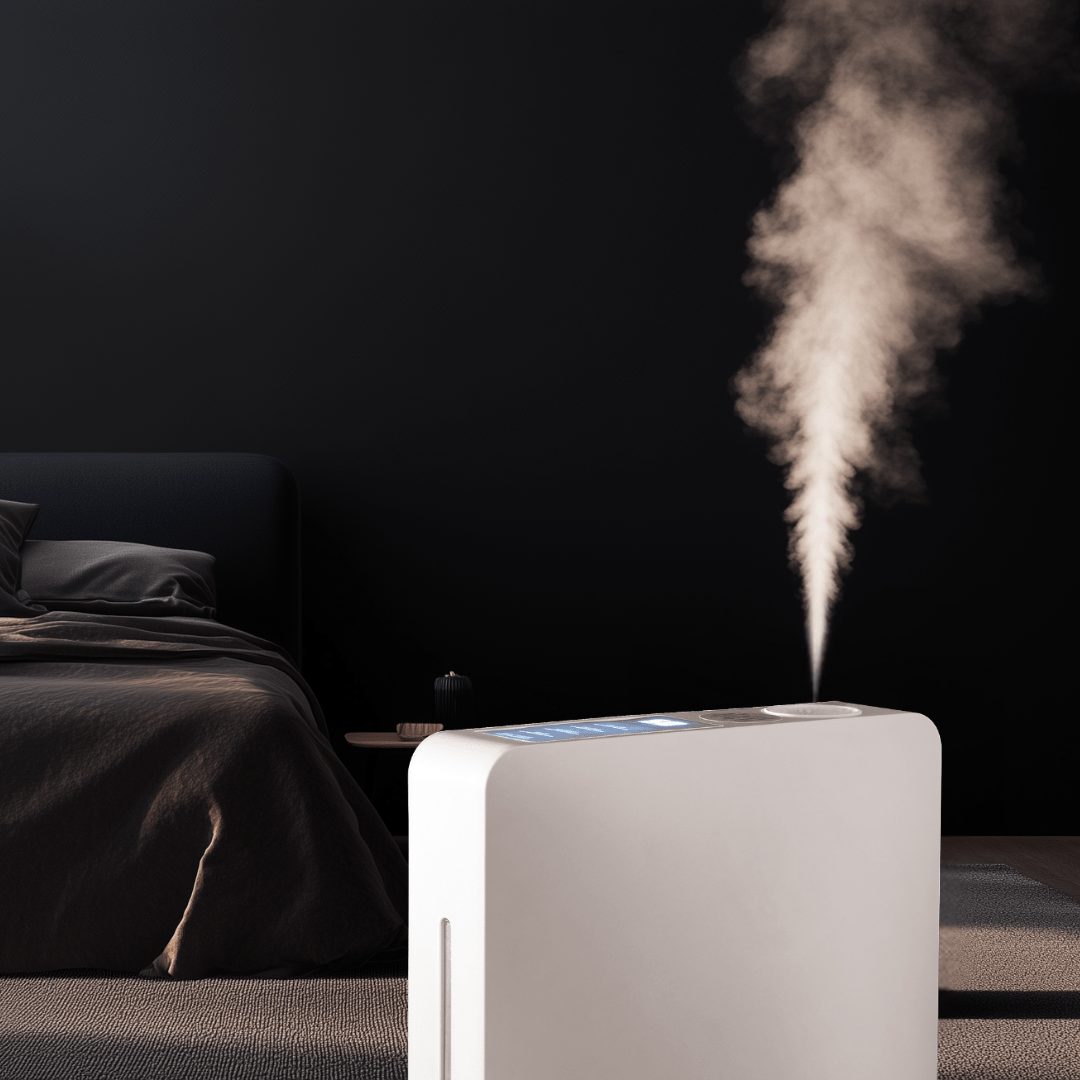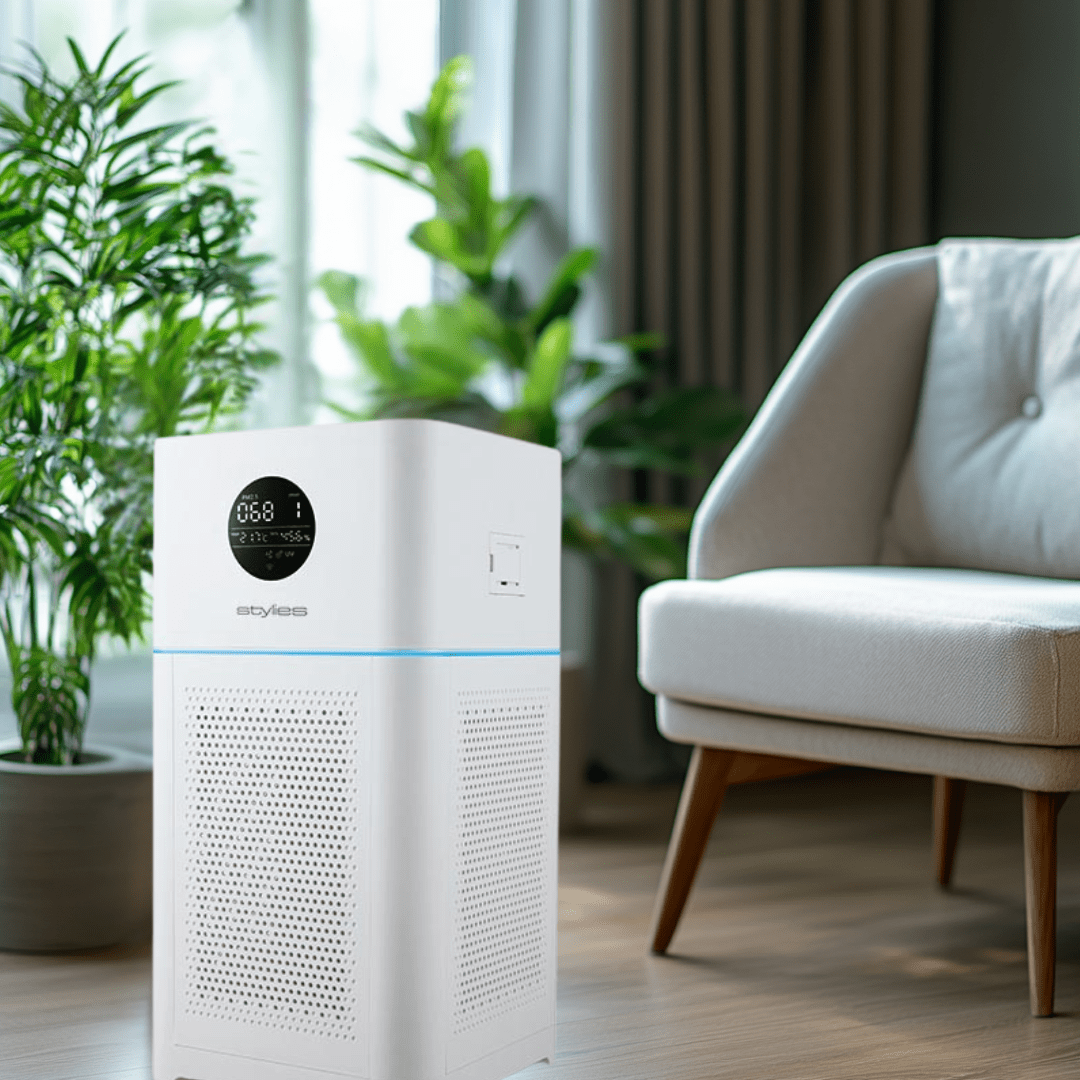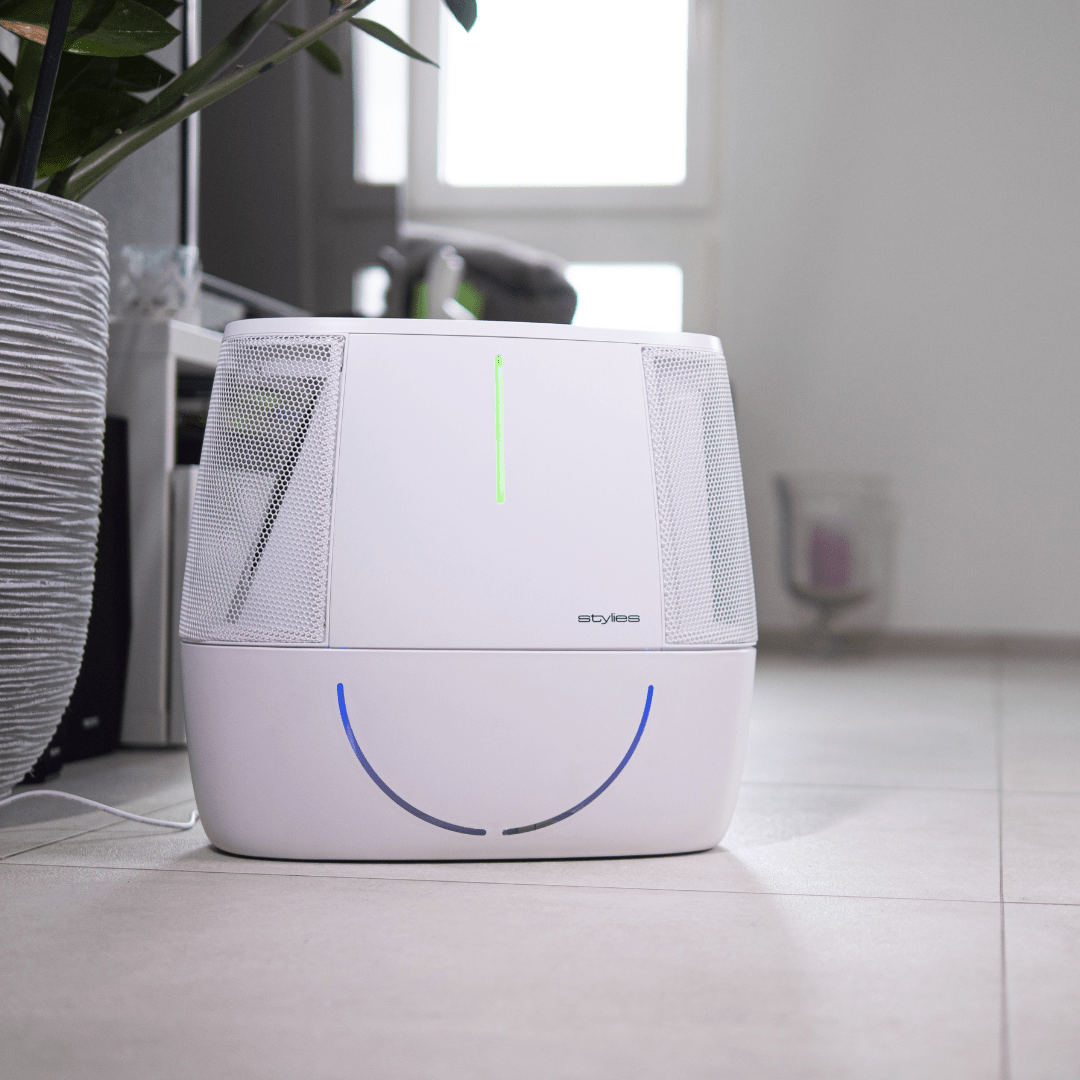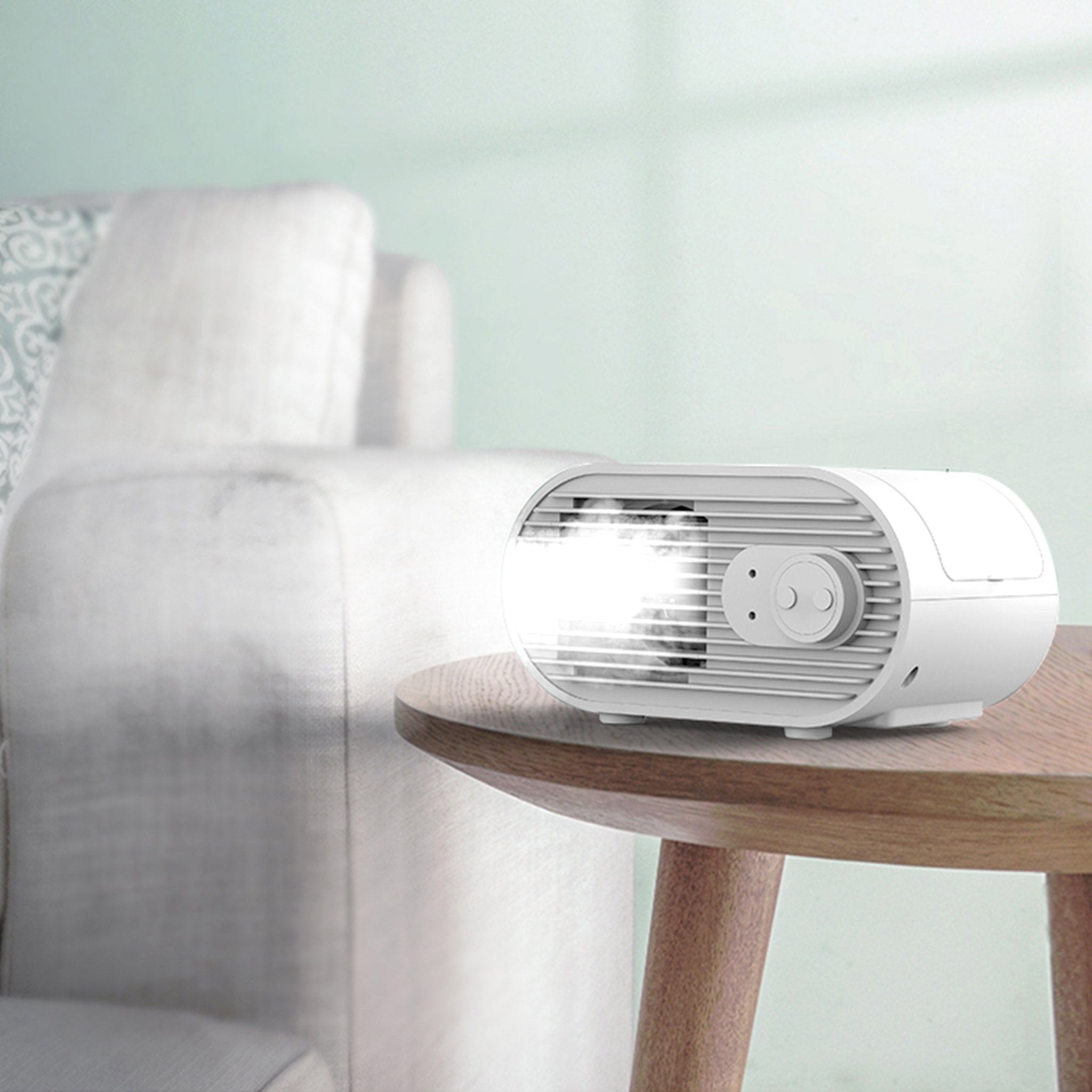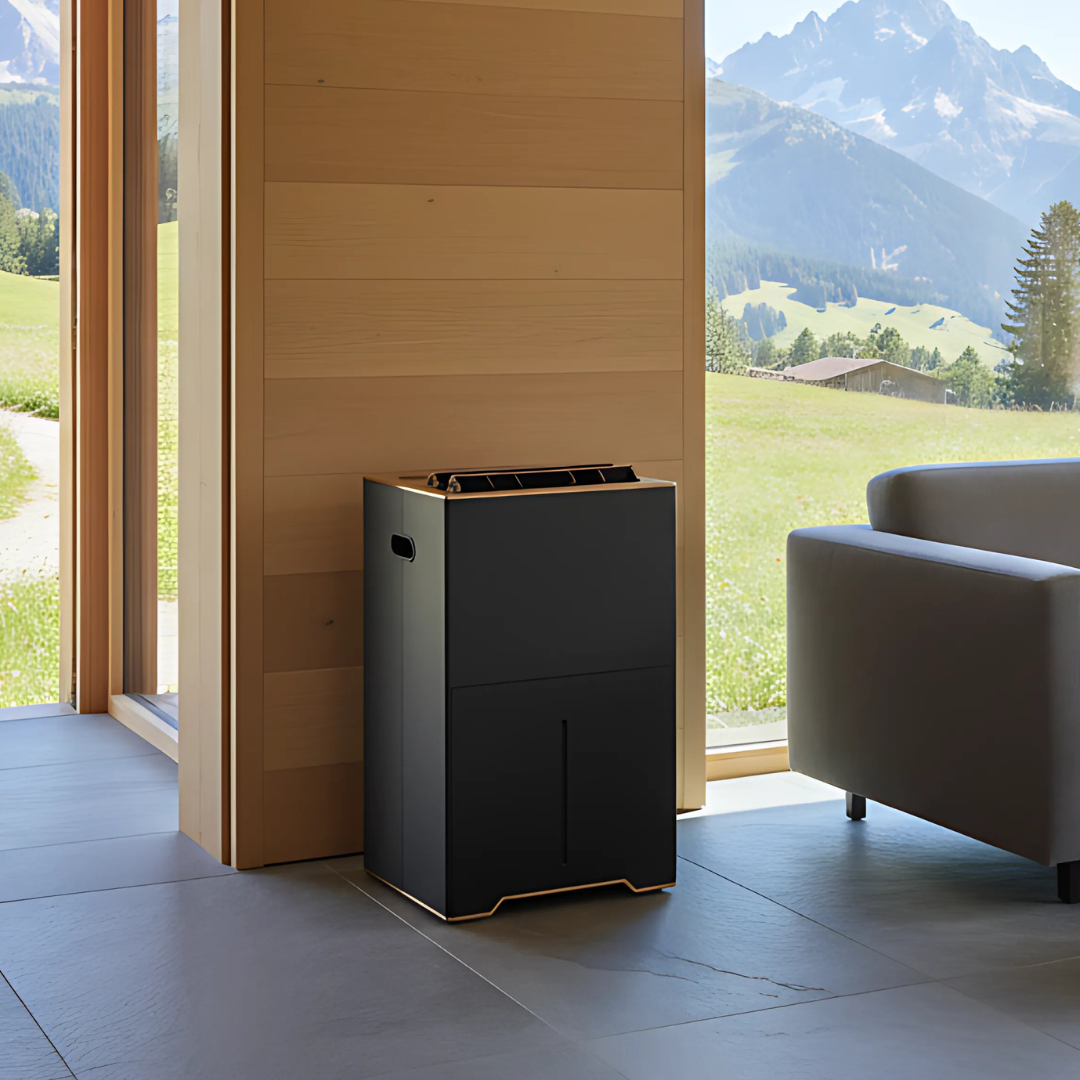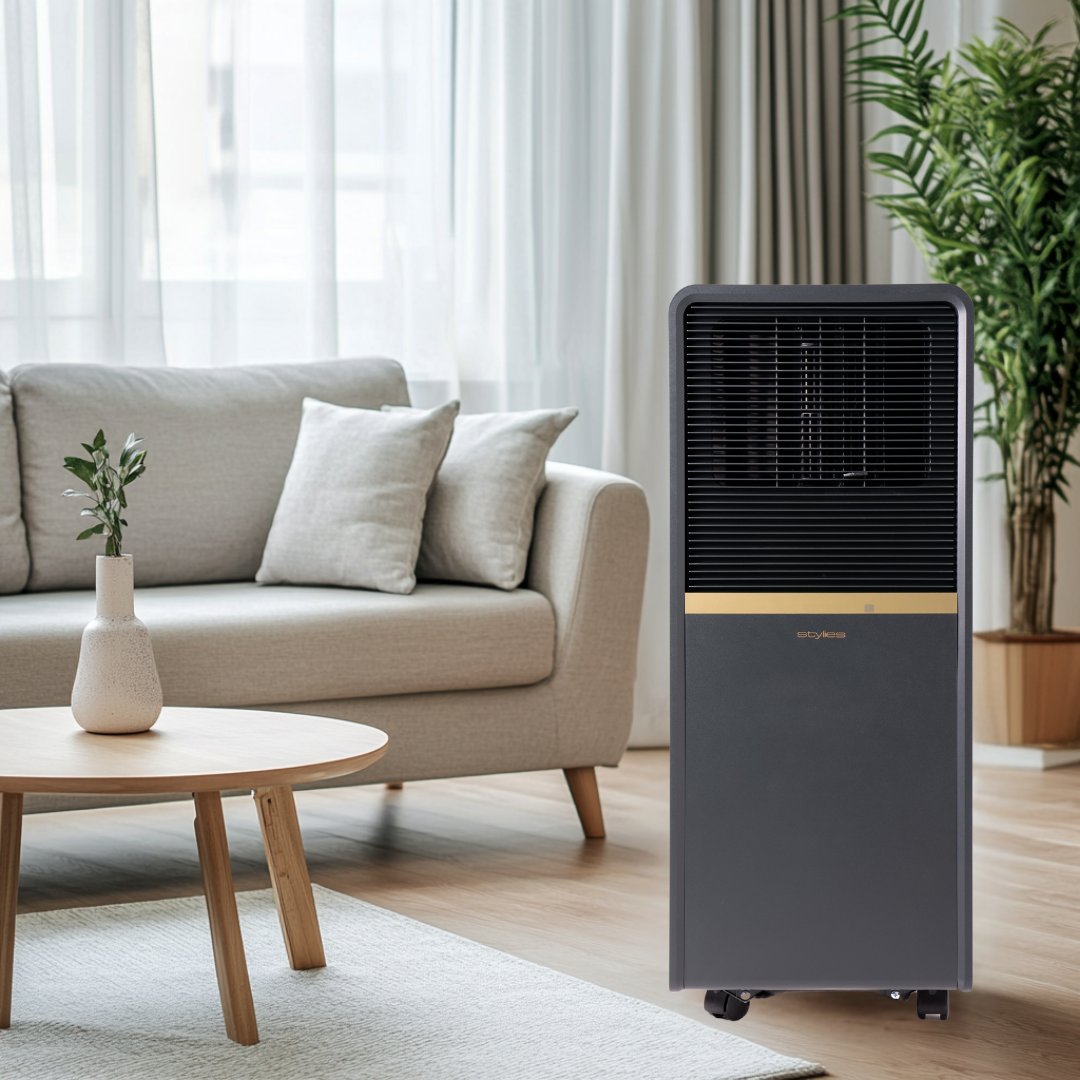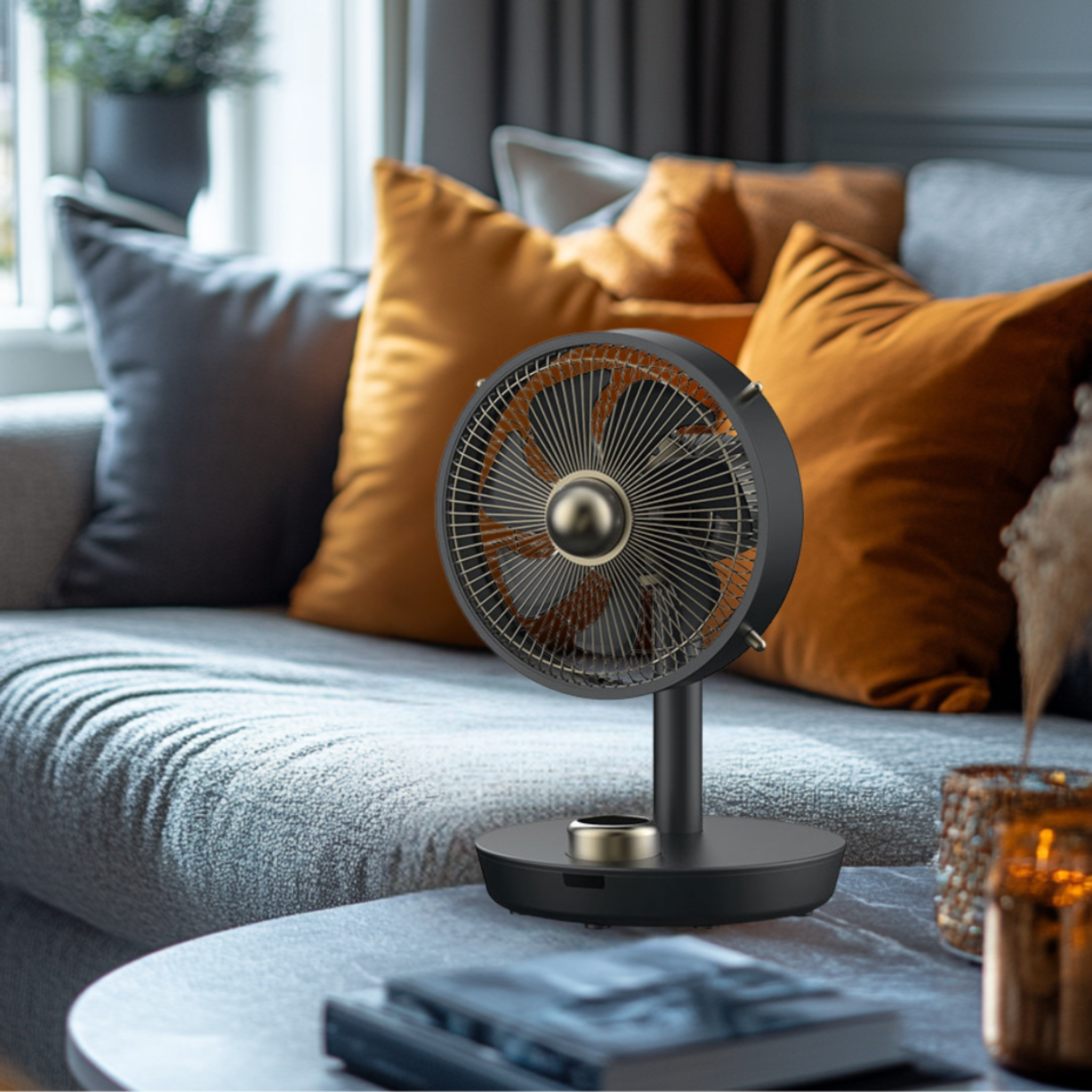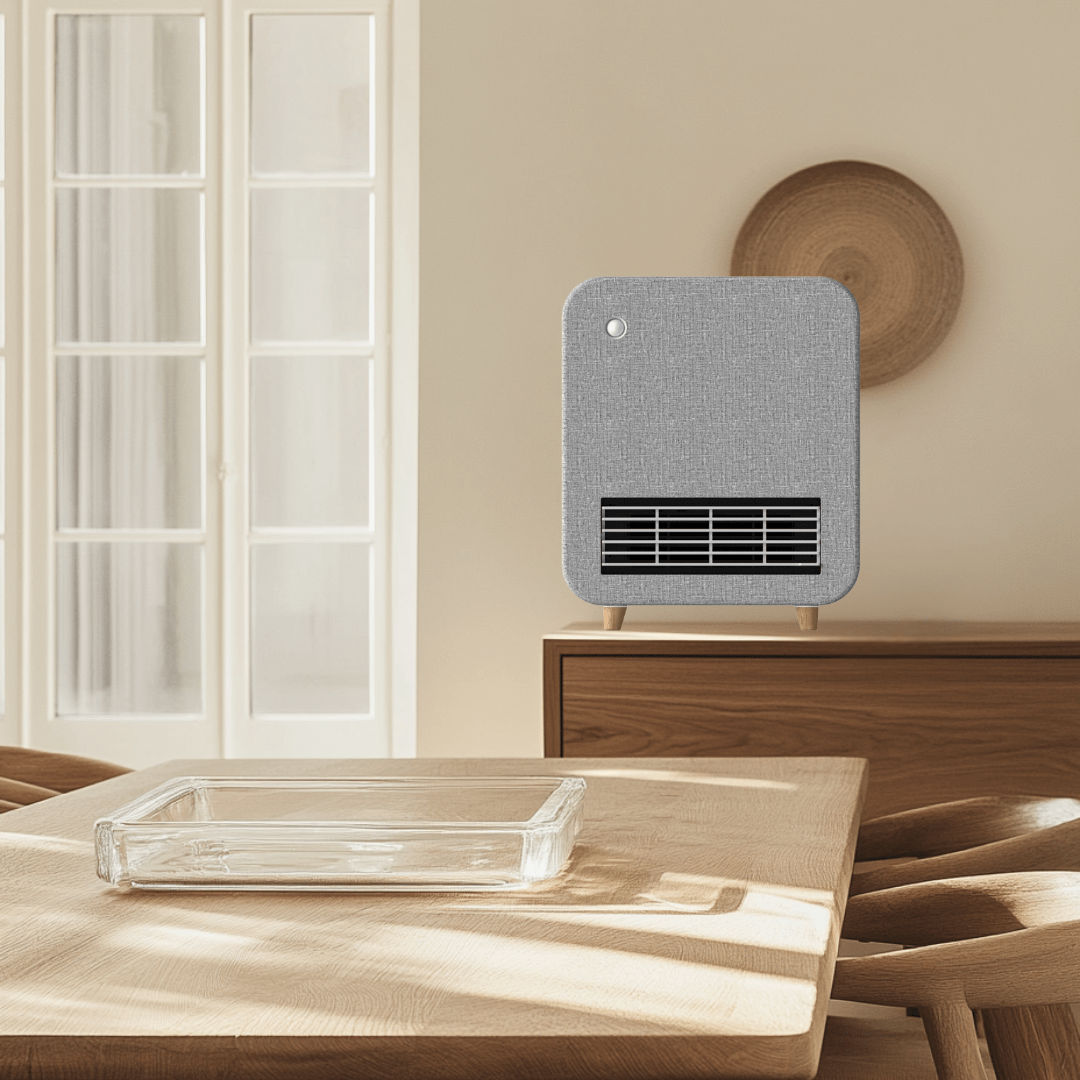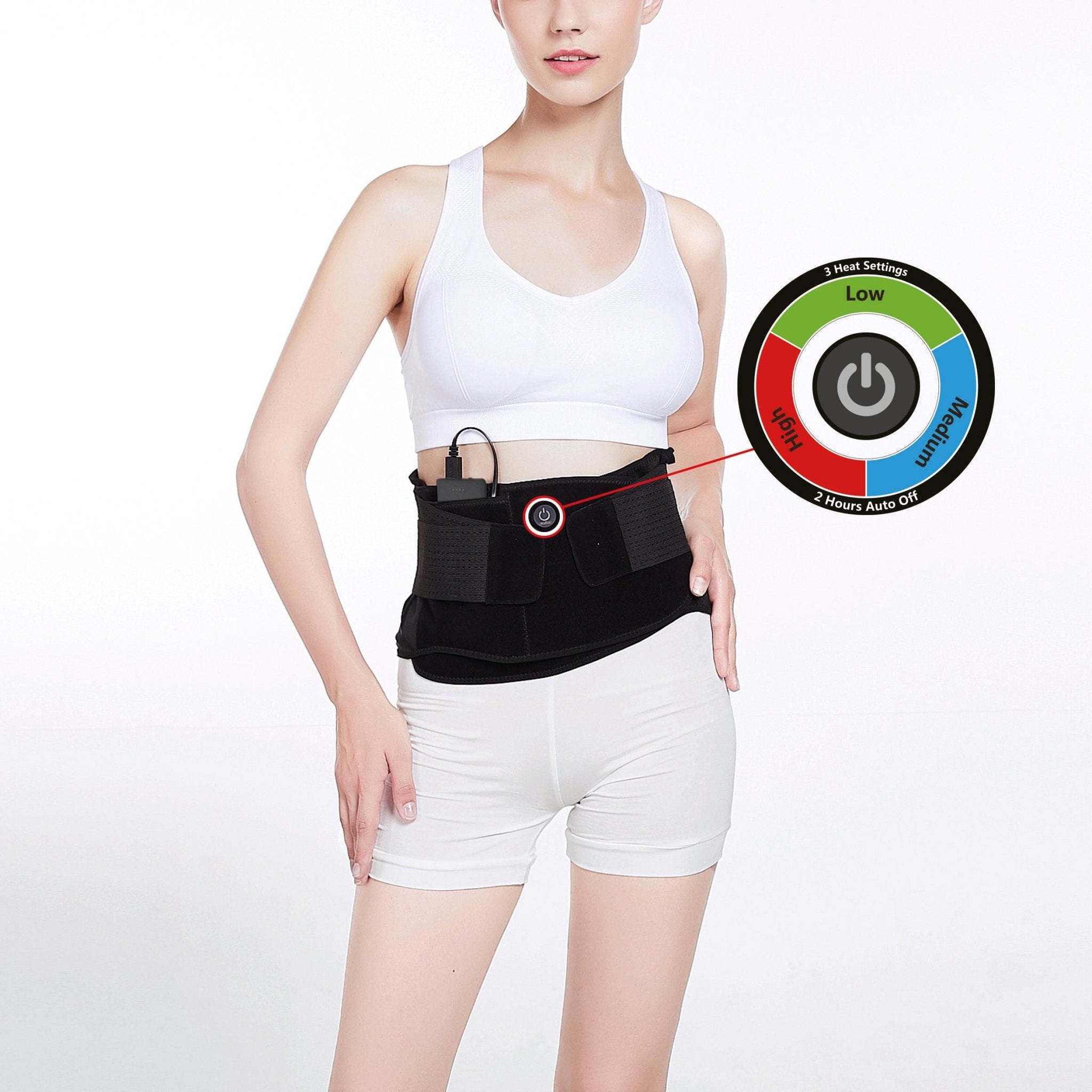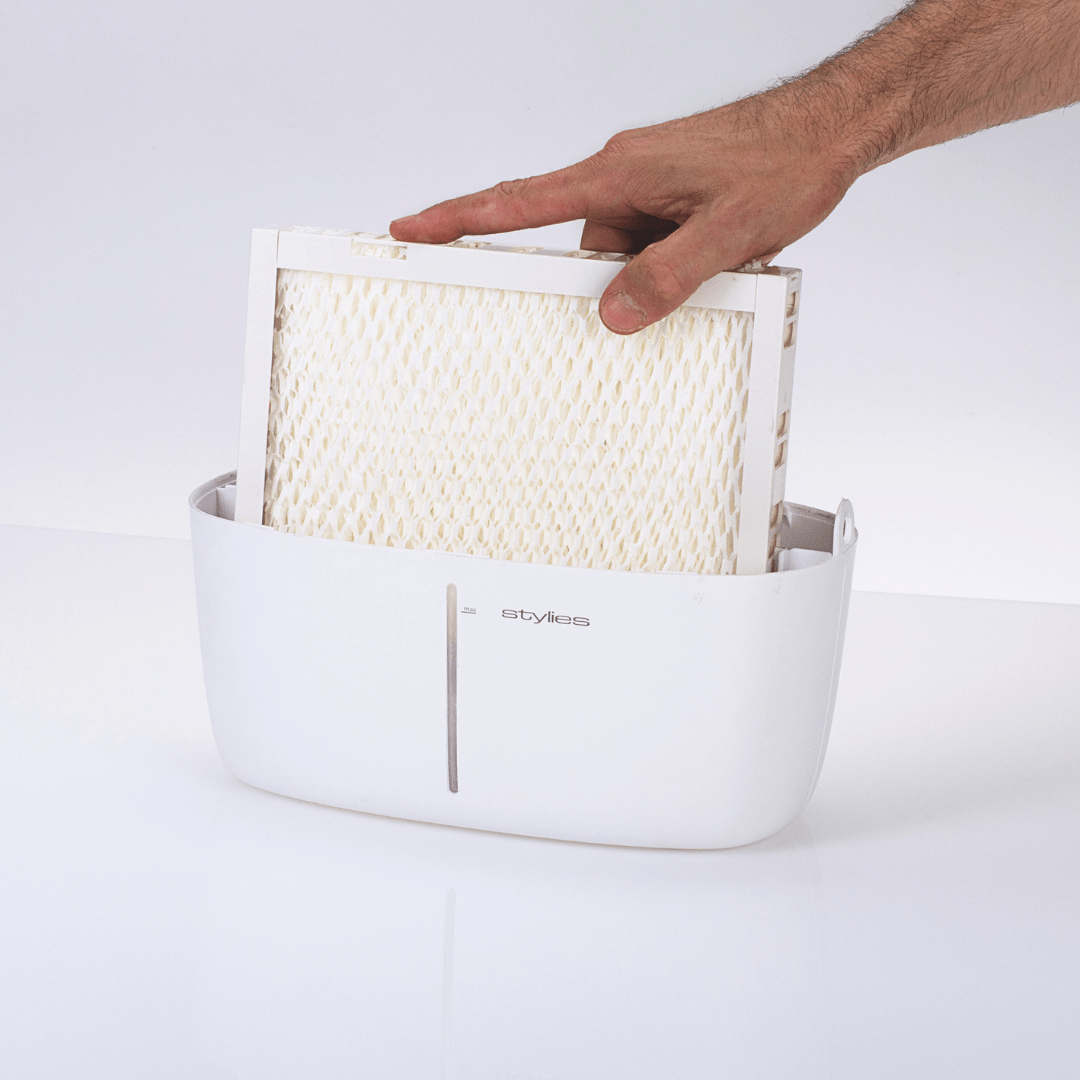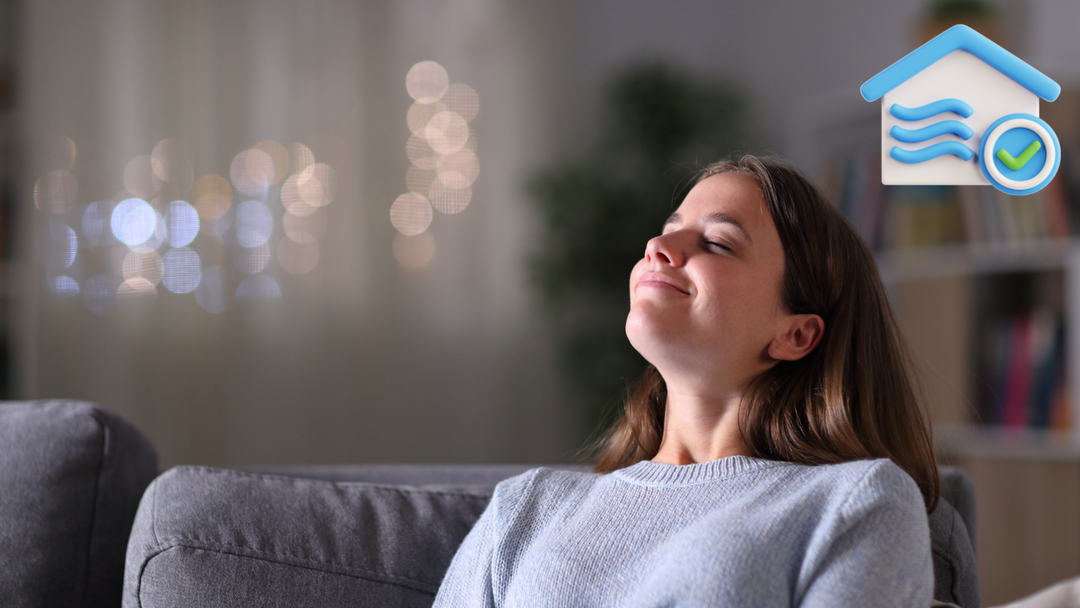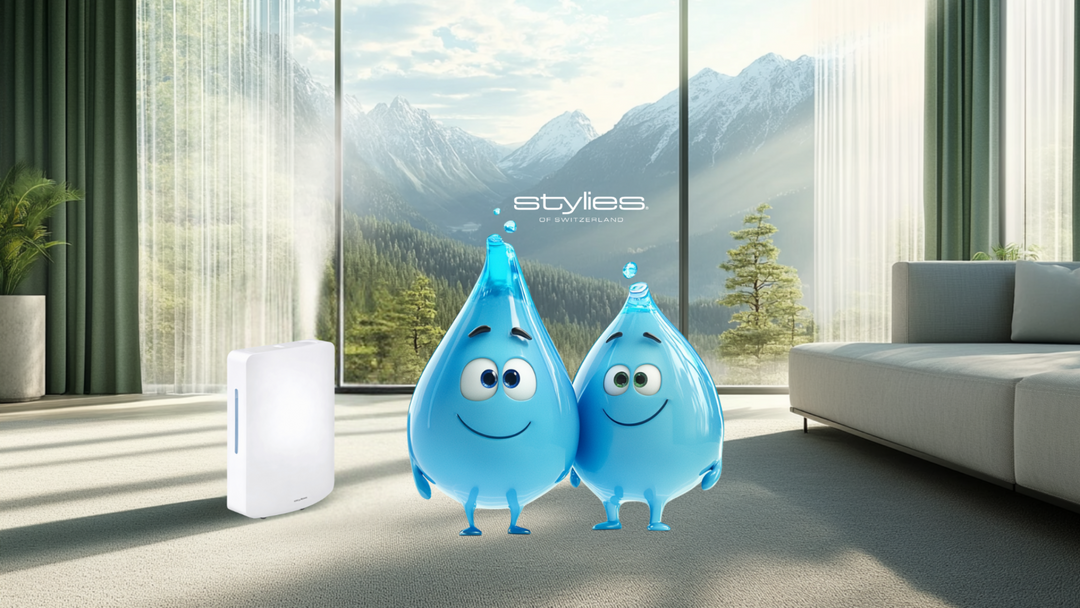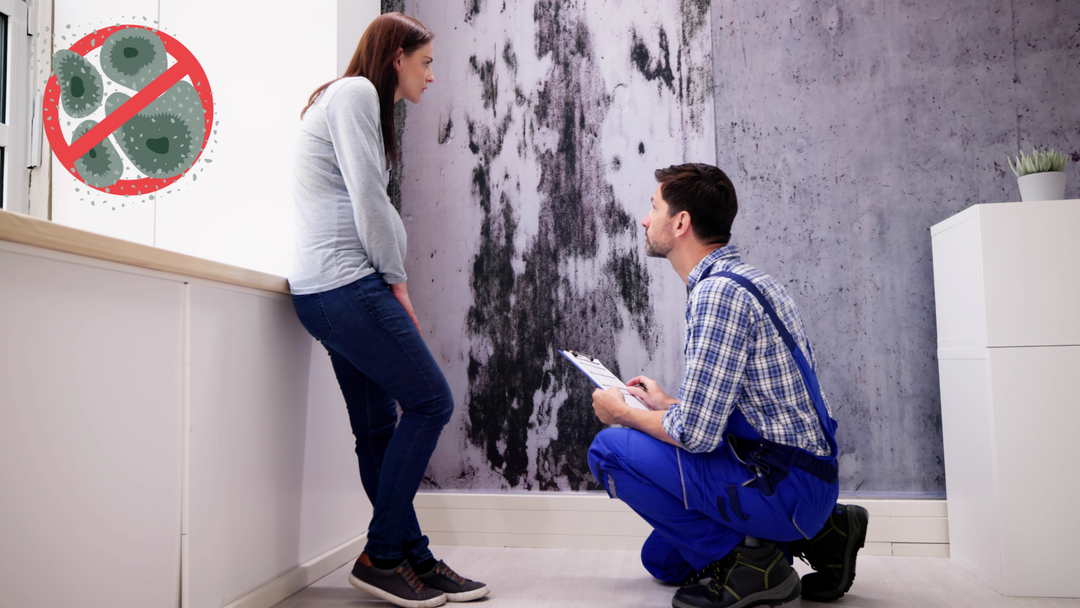How does indoor air quality affect the air we breathe and our well-being?
On average, we breathe in and out about 10,000 liters daily . The air we breathe consists primarily of nitrogen (about 78%), oxygen (about 21%), and a small amount of carbon dioxide and other gases. Indoors, however, the air we breathe can be contaminated with pollutants such as particulate matter, volatile organic compounds (VOCs), mold spores, and allergens. Since we spend about 90% of our time indoors, the quality of this air is crucial to our well-being and health. Therefore, it is important to purify the air we breathe indoors.


